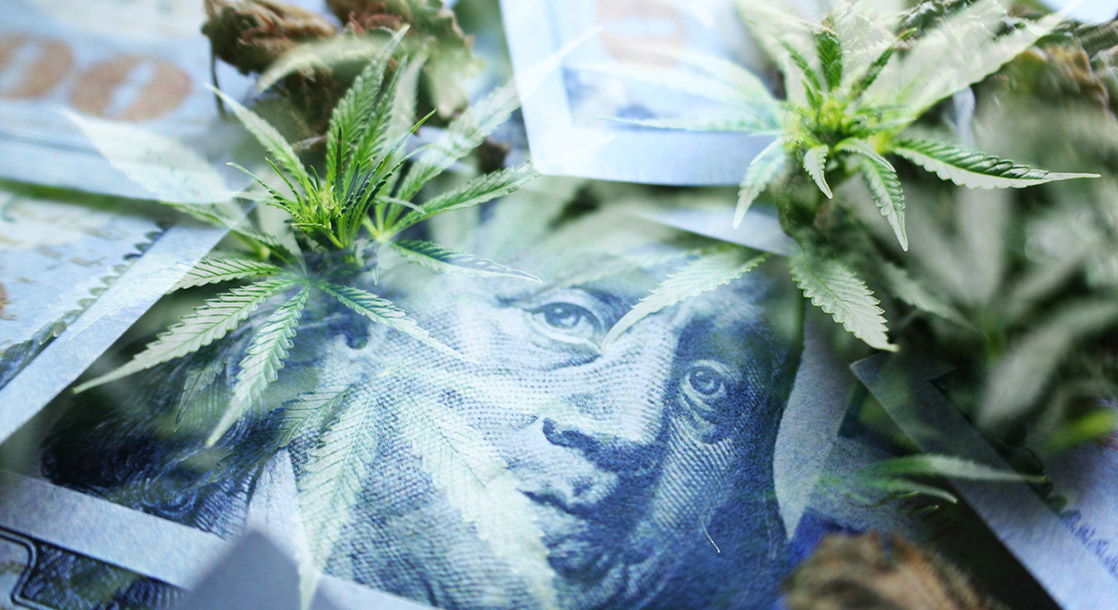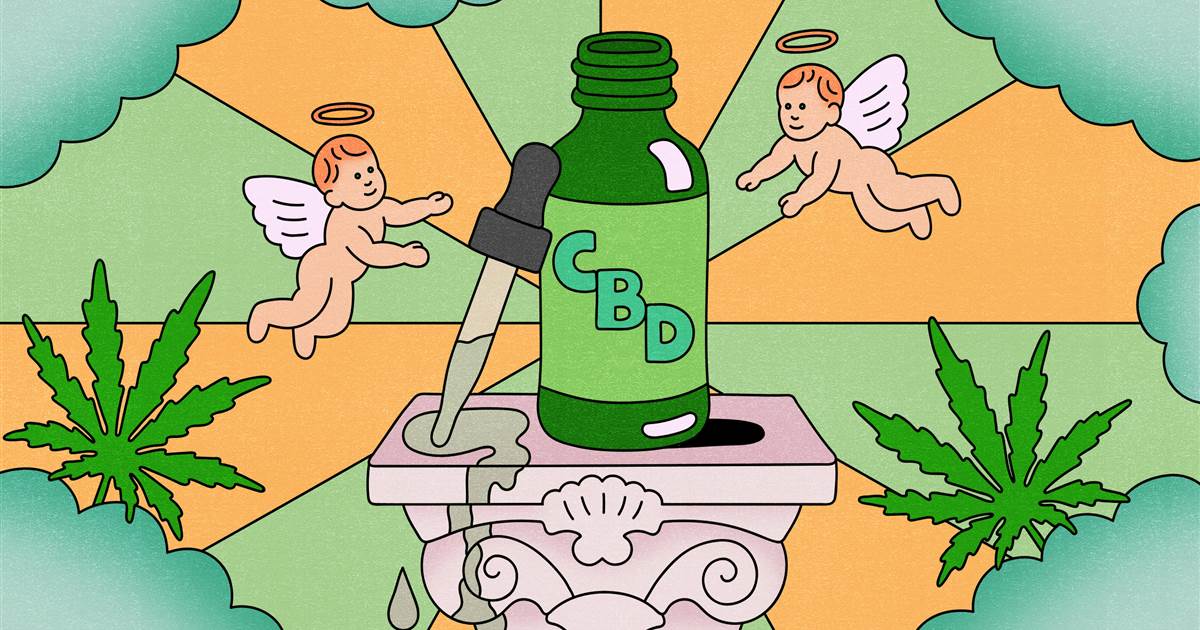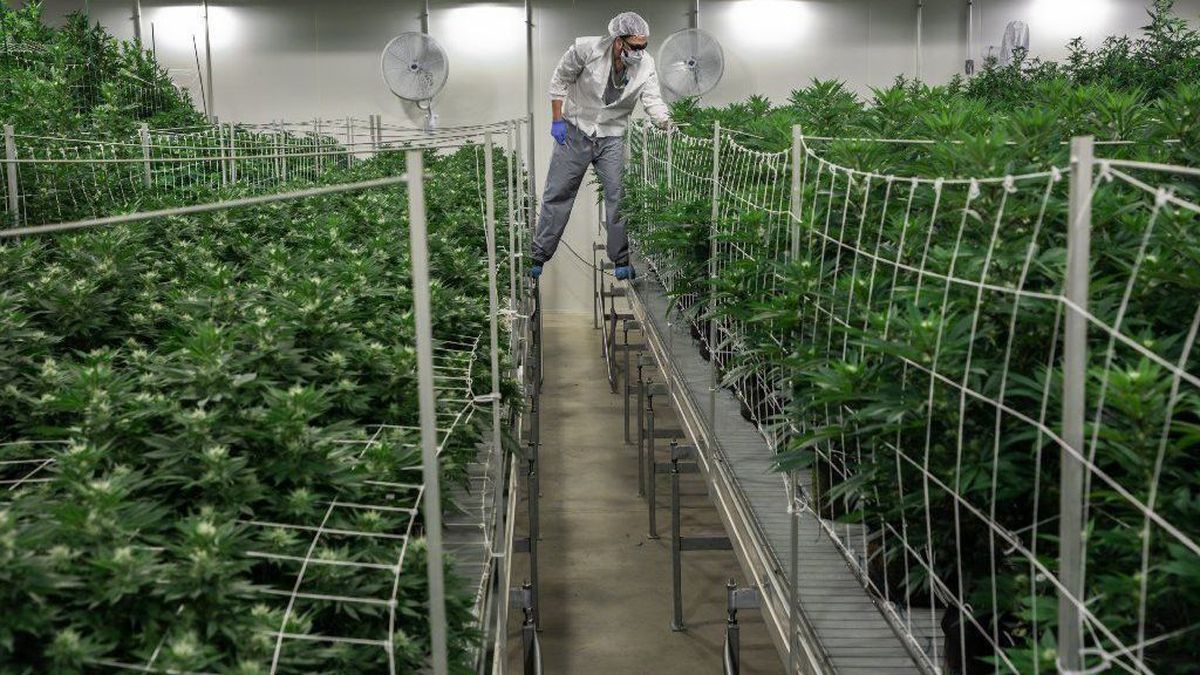Fundraising for the federally outlawed cannabis industry is taking off with the help of special purpose acquisition companies, otherwise known as SPACs.
According to a Nov. 1 press release by mg Magazine, SPACs are the primary driver for all new fundraising and expansions in the nascent American cannabis industry. How do SPACs pull this off, and why are they even needed right now?
“With federal legalization potentially on the horizon and increasing pressure from large, well-funded Canadian entities, American companies need to find a way to scale now, not later,” said mg’s senior editor, Chris Jones. “SPACs are a very attractive option,” “
How attractive are SPACs? From January to August, nine SPAC mergers totaled about $5 billion, according to mg Magazine. In other words, each SPAC brought in an average of $555 million, more than enough to set up several vertically integrated cannabis companies across the US. In fact, SPACs are so attractive that even big banks like JP Morgan, which have largely avoided dealing with cannabis businesses for fear of violating federal money laundering statutes, have joined the weed SPAC game.
The Billion-Dollar Benchwarmer
Before diving into the intricacies of SPACs, it helps to understand why pot companies are experiencing a hard time raising capital right now. You’d think an industry worth over $90 billion wouldn’t have trouble getting investments, but it does.
Most (non-cannabis) companies in the US can raise funds through private investors or by issuing stock shares. Unfortunately, licensed cannabis companies can’t issue stocks through listings like NASDAQ because they’re selling something that the federal government considers more dangerous than cocaine. (But you can invest in nuclear weapons, carcinogenic weed-killers, and dictator-assisted censorship five days a week. Go figure.)
That leaves pot companies reliant on private investments, which can be a pain to procure and manage. In other words, they’re not getting any quick-and-easy funds from a no-fees stock trading app like Robinhood or from random Reddit users at r/WallStreetBets.
Some US cannabis companies are listed on the Canadian stock exchange, thanks to Canada federally legalizing weed back in 2019. But doing so requires they have the capital to open an office in Canada and can obtain all of the expensive licenses and start-up costs to expand there. Which makes it incredibly difficult for small cannabis operators and practically impossible for mom-and-pop pot shops.
So, that’s where SPACs come in.
What Is a SPAC?
A SPAC is a financial instrument for bringing small, privately funded companies onto public stock exchanges where they finally access all that free flowing capital. SPACs do this through a process called a “reverse merger,” which works like a typical corporate merger (where a big company swallows up a smaller one), only in reverse.
Here’s how it works. And keep in mind, this is a super, super simplified explanation. We’re taking liberties so the uninitiated can get the gist.
A SPAC is a company solely dedicated to raising funds so a separate target company can go public and issue stock shares. The catch is, investors don’t know which company it is, at first. The SPAC will reserve shares to sell (technically, call options), and early investors can drop their money into the SPAC. After the SPAC raises enough money, it will announce a target company to merge with.
If the investors don’t like the pick, they can return their shares (actually, cancel their call options) with the SPAC and get their original investment back (sometimes, even with interest). If they choose to stay, they buy into an initial public offering (IPO).
Regardless of who stays in or who backs out, once the SPAC has its funds, it can now bring its target company public. Once the target company is listed on a public exchange, the SPAC takes a cut of the raised funds. Then it’s up to the target company to flourish on its own or sink under market forces.
What Are the Advantages and Disadvantages of a SPAC?
Like all financial ventures, SPACs have some benefits and drawbacks. On the upside, companies that would typically struggle for a public listing, like cannabis companies, now have a much easier route to swim in a sea of money. The downside (depending on who you ask) is that the biggest winner in a successful SPAC isn’t the target company nor is it the investors; the biggest winner is always the people who run the SPAC, as they get the biggest cut of the pie after the merger.
There are two major, though rarer, downsides to a SPAC. If the SPAC fails to complete a merger, and it votes to dissolve itself, investors’ shares aren’t always paid back in full. In other words, if you bought in but didn’t back out before it went bust, you could lose quite a bit of money. Further, the target company may take a hit to its reputation, as it’s hopes of going public may die with the SPAC.
Another downside: Too much investment may back out of the SPAC. If key investors choose to withdraw, and the SPAC can’t reach its fundraising goals, the entire acquisition may fall apart, which isn’t ideal for the SPAC, the target company, or the other investors. However, as noted, SPACs don’t usually go bust. But when they do, it can be a pretty spac-tacular failure.
Where SPACs and Cannabis Are Right Now
While some SPACs have been insanely successful at launching cannabis companies into IPOs, SPACs, like all financial trends, can go cold. This recently happened with weed SPACs in the US.
SPAC investments soared around February due to investor hopes around possible federal legalization. The Democrats, whose party platform promised to pave a way toward decriminalizing cannabis, swept up offices in Congress and the White House. But the Dems haven’t done much to push the MORE Act, especially with President “Gateway Drug” Biden focusing on other issues.
With no moves on the MORE Act, the SPAC hype died down. Besides, although SPACs have raised a ton of cash, they haven’t produced the greatest results for their target cannabis companies. According to a recent CNBC report, only one US cannabis company is trading over $10 per share after its SPAC merger.
That may change in the future, but for right now, SPACs aren’t necessarily a lucrative, short-term winner. However, until something changes with cannabis financials, SPACs remain one of the best vehicles for US cannabis companies looking to go big — or bigger.
Nothing in this article is financial advice. Invest at your own risk. If you need advice on cannabis SPACs, speak to a legit financial consultant.











